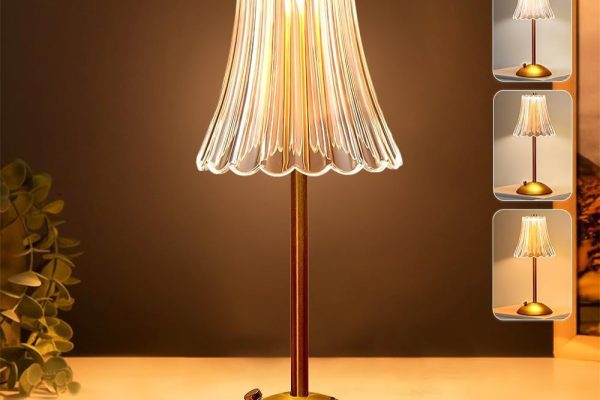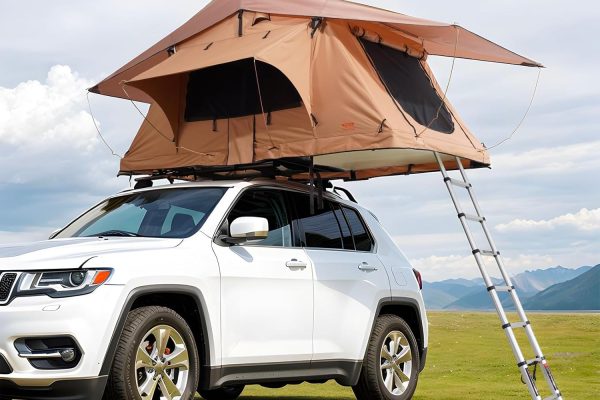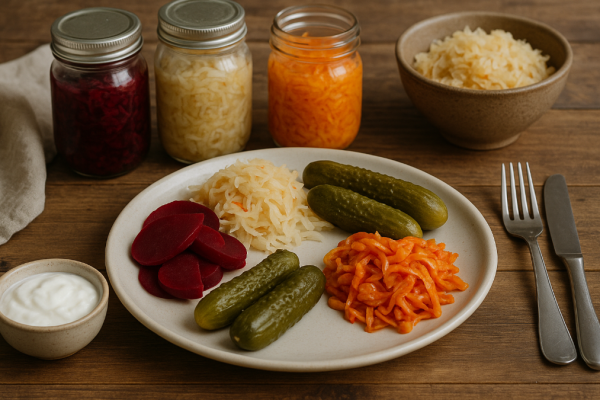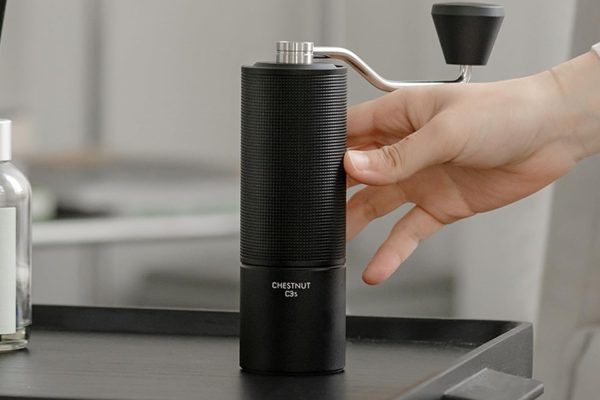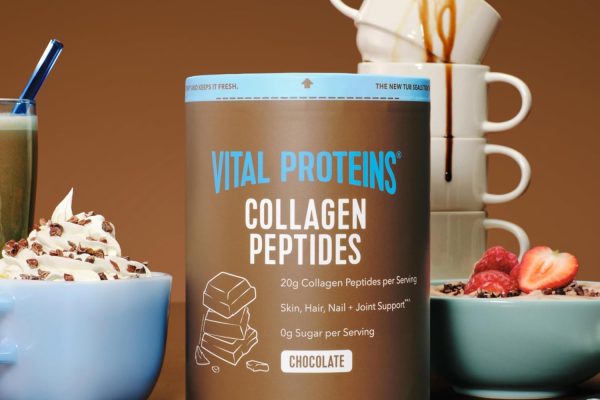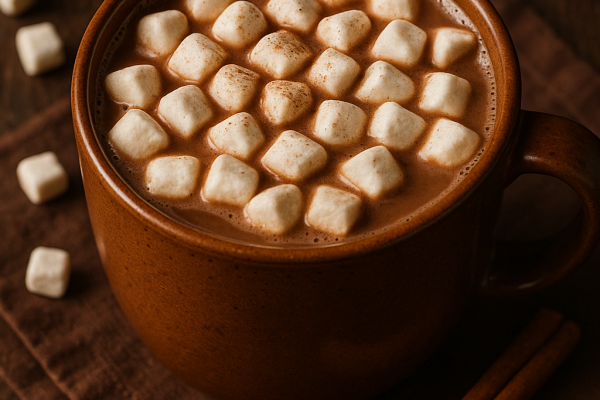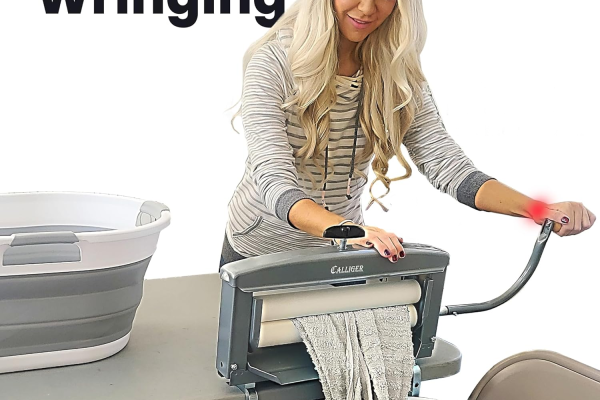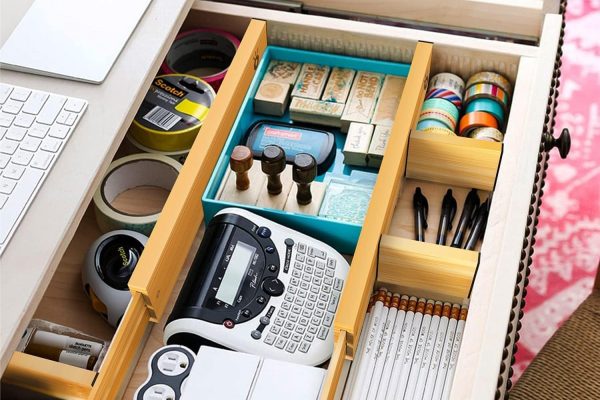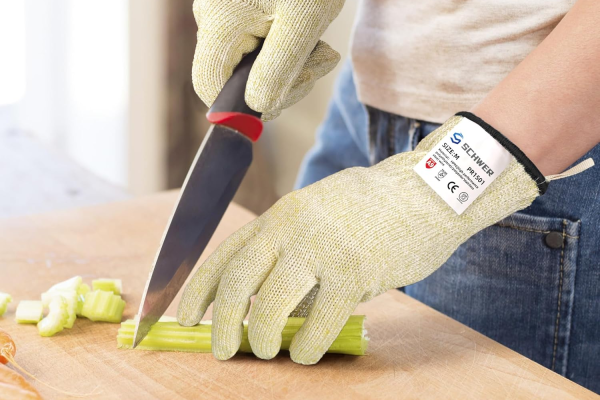
Your baby’s first breath should be the cleanest possible. With infants spending up to 90% of their time indoors and breathing twice as fast as adults, the air quality in your nursery isn’t just important—it’s critical for your baby’s developing respiratory and immune systems.
Indoor air can contain volatile organic compounds (VOCs) from everyday items like new furniture, paint, carpets, and cleaning products. These invisible pollutants include formaldehyde, benzene, trichloroethylene, and toluene—chemicals that can irritate delicate airways and potentially cause long-term health issues.
While proper ventilation remains your primary defense, carefully selected houseplants offer a natural, beautiful way to supplement your air purification efforts. But here’s the crucial part: not all “air-purifying” plants are safe for babies.
Safety First: Why Non-Toxicity is Non-Negotiable
Before considering air purification capabilities, every plant in your baby’s nursery must pass one critical test: Is it safe if accidentally ingested?
Babies explore their world orally, and curious toddlers will eventually reach for colorful leaves. Many popular “air-purifying” plants—including Peace Lilies, Snake Plants, and English Ivy—are toxic if eaten, causing symptoms ranging from mouth irritation to serious digestive issues.
Your safety checklist:
- ✅ Verify non-toxicity through ASPCA guidelines
- ✅ Place ALL plants out of reach (hanging baskets, high shelves)
- ✅ Monitor children and pets around plants
- ✅ Keep poison control numbers handy: (888) 426-4435
Our Top 3 Picks Of Safe Air-Purifying Plants for Your Baby’s Nursery
1. Spider Plant (Chlorophytum comosum)
Safety: Non-toxic to humans, dogs, and cats
Removes: Carbon monoxide, formaldehyde, xylene, toluene
The ultimate beginner’s plant. Spider plants removed 95% of formaldehyde in NASA tests and produce adorable “babies” that cascade from hanging baskets—perfect for keeping out of reach.
2. Boston Fern (Nephrolepis exaltata)
Safety: Non-toxic to humans and pets
Removes: Formaldehyde, xylene, toluene, benzene, cigarette smoke
Acts as both air purifier and natural humidifier—perfect for dry indoor environments that can irritate baby’s airways.
Care basics:
- Light: Bright, indirect light
- Water: Keep consistently moist (not soggy)
- Humidity: Loves high humidity (50%+)
- Size: Up to 3 feet tall with feathery fronds
3. Parlor Palm (Chamaedorea elegans)
Safety: Non-toxic to humans, dogs, and cats
Removes: All six NASA-tested chemicals
Low-maintenance winner. This slow-growing palm requires minimal care while providing comprehensive air purification—ideal for busy parents.
Care basics:
- Light: Medium to bright indirect light
- Water: Allow soil to dry completely between waterings
- Size: 3-4 feet typical, up to 10-12 feet with optimal care
- Maintenance: Very low

Quick Reference: Nursery Plant Comparison

Plants to Absolutely Avoid (Popular but Dangerous)
These plants are excellent air purifiers but toxic if ingested:
❌ Peace Lily: Outstanding air purifier, but causes severe mouth burning and swelling
❌ Snake Plant: Great for bedrooms (nighttime oxygen), but contains toxins causing vomiting and diarrhea
❌ English Ivy: Effective mold reducer, but toxic to pets and can cause severe skin reactions
❌ Money Plant (Pothos): Excellent formaldehyde remover, but toxic to children and pets
❌ Chinese Evergreen: High oxygen producer, but causes mouth pain and difficulty swallowing
Practical Implementation: Setting Up Your Plant-Purified Nursery
Strategic Placement Rules
- Height is safety: Even non-toxic plants should be out of reach
- Corners work best: Away from baby’s activity areas
- Stability matters: Secure hanging baskets and weighted plant stands
- Air circulation: Don’t block vents or natural airflow
Care Scheduling for Busy Parents
- Monday: Quick visual check for all plants
- Wednesday: Water check (stick finger 1 inch into soil)
- Friday: Mist humidity-loving plants if needed
- Monthly: Rotate plants, check for pests, fertilize growing season
Realistic Expectations
- Plants will: Contribute to better air quality, add natural beauty, increase humidity
- Plants won’t: Replace proper ventilation, eliminate all pollutants, work instantly
Red Flags: When to Remove Plants
Immediately remove any plant if:
- Mold appears on soil surface
- Leaves show signs of pest infestation
- Child or pet shows interest in eating leaves
- Plant becomes too large and unstable
- You notice allergic reactions in family members
The Bottom Line: Creating Your Safe Air-Purifying Nursery
Air-purifying plants offer genuine benefits for your baby’s nursery when chosen and placed thoughtfully. They won’t replace proper ventilation, but they provide natural supplemental air cleaning while creating a calming, beautiful environment.
Your action plan:
- Start with 2-3 easy-care, non-toxic plants
- Choose strategic placement locations before purchasing
- Set up a simple weekly care routine
- Monitor your baby’s environment and adjust as needed
Remember: the safest plant is a properly placed, non-toxic plant. The most effective air purification system combines plants with good ventilation, quality air filters, and smart choices about the products you bring into your home.
Your baby deserves the cleanest air possible, and with the right plant selections, you can create a nursery that’s both beautiful and naturally healthy. Start small, prioritize safety, and watch your green sanctuary grow alongside your little one.
Dora Decora is a biophilic interior design specialist and passionate blogger. With a deep commitment to integrating nature into living spaces, Dora specializes in creating environments that foster human-nature connections through thoughtful design elements. Her approach emphasizes sustainable materials, natural lighting, and organic patterns that enhance wellbeing and reduce environmental impact.
This post (https://homechroma.com/best-air-purifying-plants-for-baby-nursery-safe-effective-options) was originally published by Dora Decora on Home Chroma. As an Amazon Associates partner, we are compensated for all qualifying purchases.








